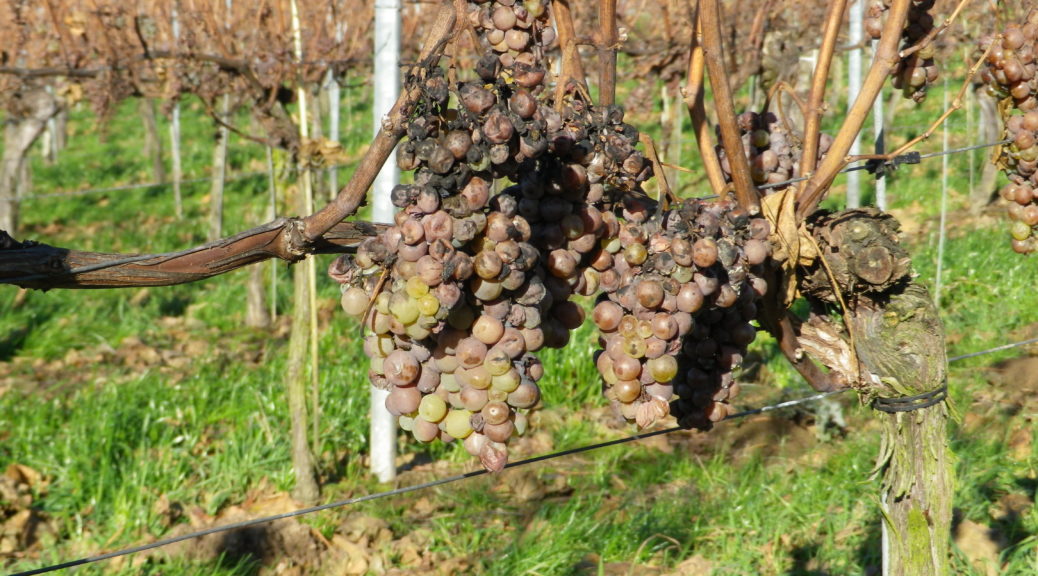What I Learned
Winemaking came comparatively late to the German wine region of Saxony. According to legend, the noble Bishop of Meissen, Benno, was the first to introduce vines to this area around the year 1100. These first vines were supposedly planted near the mount of Meissen, where the castle and cathedral now stand. About 60 years later, wine-making in Meissen was historically documented. While not the northern-most wine region in Germany, it is the eastern-most wine region, being rather close to both the Polish and Czech borders. Here, the wine region’s vineyards follow the course of the Elbe River, as it enters German from the Czech Republic. The majority of the vineyards are on the right bank (eastern side) of the river, on the south and west facing slopes. With only about 500 hectares (about 1250 acres) ranging along about 50 kilometers of the Elbe, it is one of Germany’s smallest designated wine regions.
Most wines from Saxony are white wines. Like most other German wine regions, the Saxon wine region harvests principally Muller-Thurgau, Riesling and Kerner, as well as Pinot Blanc, Pinot Gris, and Pinot Noir grapes. (In German, these are Weissburgunder, Grauburgunder and Spaetburgunder, respectively.) One grape, the Gold Riesling, also known as Gelbriesling and Goldmuscat, is something of a Saxon specialty. Originally developed in Alsace in 1893, by crossing a Riesling with one other varietal (as yet unidentified), it is more widely propagated in Saxony, than in the land of its origin. One wine, Schieler, has roots (no pun intended) in Saxony. Known as Rotling elsewhere, it is processed as a rose wine.
What I Tasted
2015 Riesling, Meissner Kapitelberg, Trocken, QbA, Weingut Vincenz Richter (Meissen): A dry white wine with a light gold color; a light fruity nose, with floral and mango flavors; mild acidity with a smooth finish.
2015 Goldriesling, Meissner Ratsweinberg, Trocken, QbA, Rothes Gut Meissen: Light gold color: floral, nose, with peach vanilla, and an unusual slight banana flavor; mild plus acidity with a tart, medium length finish.
2015 Grauer Burgunder, Meissner Kapitelberg, Trocken, QbA, Weingut Vincenz Richter: A dry white wine (Pinot Gris) with medium gold color; a citrus nose, with citrus and white stone fruit flavors, medium acidity, but rather smooth overall.
2015 Weisser Burgunder, Trocken, Deutscher Qualitaetswein B. A., Winzer Meissen Saeschsische Winzergenossenschaft Meissen: A dry white wine (Pinot Blanc) with pale gold color; a green apple nose, with green apple flavors; medium plus acidity with a tart finish.
2015 Weissburgunder, Feinherb, Qualitaetswein, Weinkellerei Jan Ulrich (Diesbar-Seusslitz): An off-dry white wine with light plus gold color; nose of toasted nuts, with white fruit and vanilla flavors; medium high acidity.
2015 Schieler, Feinherb, Deutscher Qualitaetswein, Jan Ulrich (Diesbar-Seusslitz): A semi-dry rose wine with light salmon color; a slight red forest berry nose, with ripe red forest berry and slight vanilla flavors, very, very mild tannins.
